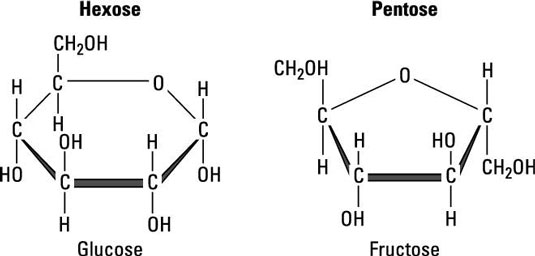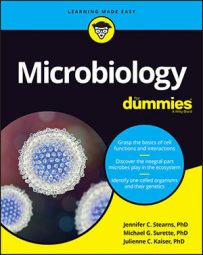Cells can use sugars for all sorts of other things. For example, the backbone of peptidoglycan, a major component of the bacterial cell wall, is made of sugars. Hexoses are six-carbon sugars like glucose, and pentoses are five-carbon sugars like ribose.

When hexoses need to be made, they’re synthesized with gluconeogenesis using intermediates from glycolysis and the citric acid cycle. Pentoses can be made by removal of one carbon from a hexose.
Polysaccharides are molecules made up of many sugar subunits. In prokaryotes, they’re synthesized from activated glucose. There are two forms of activated glucose; each is used to make different types of polysaccharides:
Uridine diphosphoglucose (UDPG) is the precursor for the backbone of the cell wall component peptidoglycan, a precursor in parts of the Gram-negative outer membrane and a precursor of the storage molecule glycogen.
Adenosine diphosphoglucose (ADPG) is the precursor of the storage molecule glycogen.
The process of making a polysaccharide involves adding an activated glucose to the growing chain of a polysaccharide.

